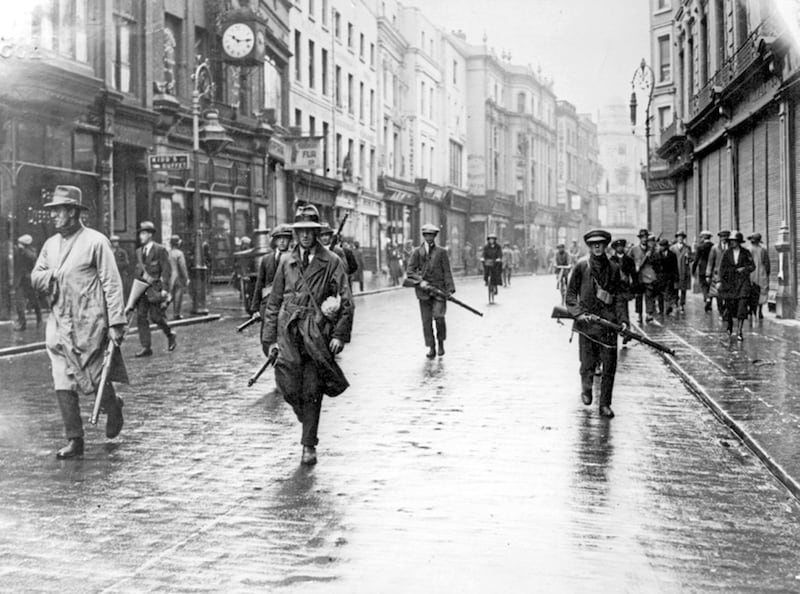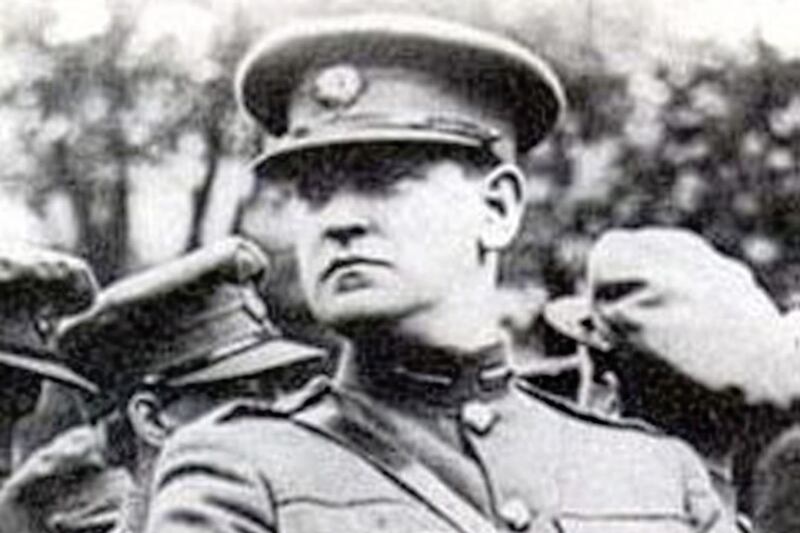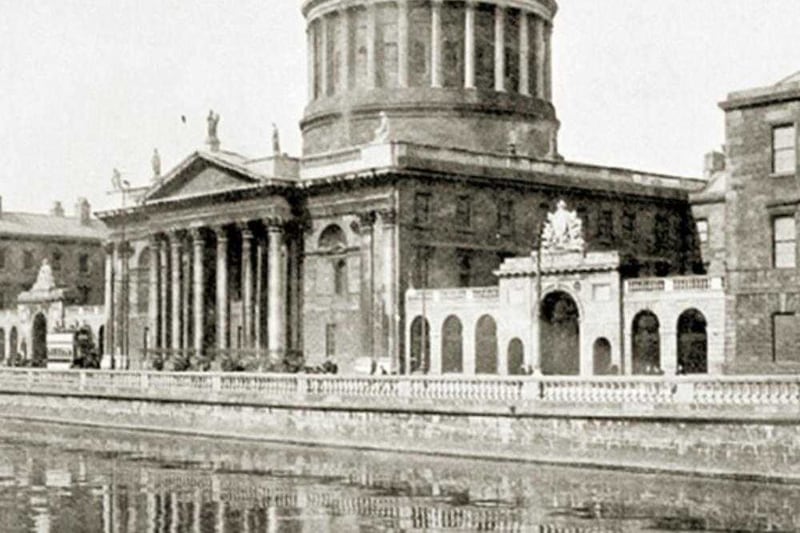ON JUNE 26 1922, a raiding party of anti-Treaty IRA men arrived at Ferguson’s garage on Dublin’s Baggot Street, accusing them of doing business with Belfast.
This was, they said, in violation of the boycott the IRA had placed on the city due to violence against nationalists there. Leo Henderson, their leader, seized a number of cars at gunpoint, and was on the point of driving back to the anti-Treaty stronghold of the Four Courts when he was arrested by pro-Treaty or Free State troops.
Henderson’s comrades in the Four Courts in response arrested a pro-Treaty General, JJ O’Connell and within 24 hours, Free State artillery was battering at the walls of the Four Courts in central Dublin.
The first shots of the Irish Civil War were caused by a row over selling cars to Belfast.
If one event copper-fastened the partition of Ireland in 1922, it was the Civil War fought between nationalists in the south over the Anglo-Irish Treaty. The IRA was split and distracted from its goal of a united Ireland into a bitter 10-month bout of internecine violence, while unionists in the north consolidated their grip on power.
As a result many northern nationalists tend to look on the southern Civil War either as the start of a long process of betrayal on the part of the ‘Free State’, or simply as some incomprehensible southern squabble that was none of their business. But in fact, the north was central to the outbreak of the war and northerners played a central part in it.
Two popular misconceptions exist about the role of the north in the Civil War. The first is that the question of partition caused the Treaty split. The second is that partition was irrelevant to the war.
Neither of these notions is correct. Both sides of the Treaty split were against partition, but the competition among them to prove who was the more reliable ally of beleaguered northern nationalists seriously escalated the armed confrontation in Dublin that led ultimately to Civil War.
The backdrop to the standoff in the south was ongoing violence north of the new border. In Belfast alone nearly 500 people were killed, more than half of them Catholic civilians, some by loyalist paramilitaries, but others by state forces. Although Protestant civilians comprised 186 of the dead, the perception south of the border was of a one-sided ‘pogrom’ of Catholics.
The Irish Independent denounced the "barbarism" and "terror" in Belfast’ and reported that 20,000 Catholics had fled that city by June 1922.
John McCoy, an IRA officer from Armagh, recalled, "all the border towns in the 26 county area were packed with refugees, and the flood overflowed into Dublin and other centres".
Dundalk was "full of refugees, and others who claimed to be refugees".
In Dublin the anti-Treaty IRA took the opportunity to house Belfast refugees in unionist-owned property in the city including the Freemason’s Hall, the Orange Order Hall and the Kildare Street club. This was a political act, a defiance of the Treaty and the new Provisional Government in the prospective Irish Free State as well as an act of solidarity with fellow nationalists from the north.
The anti-Treatyites also set up an office in Four Courts after the occupation – headed by Leo Henderson – charged with enforcing the Belfast boycott, preventing any Dublin firms doing business with Belfast as long as the violence against nationalists there went on.

These moves were for propaganda effect as much as anything. The partition of Ireland was one of the key weaknesses of the pro-Treaty position and the southern disquiet at it was made much worse by the ongoing violence in Northern Ireland, of which Catholic civilians bore the brunt.
The Provisional Government, stung into action, had to maintain its own credibility by housing 500 Belfast refugees in Marlborough Hall, on the north side of Dublin.
In late June 1922 it was the anti-Treaty IRA’s seizure of property in enforcing the Belfast boycott that sparked open conflict in the streets of Dublin.
We might suppose then, that, with the anti-Treaty Republicans’ championing the northerners’ cause in early 1922, that northerners would reliably be on the anti-Treaty side. Strangely though, the opposite was the case. About 800 northern IRA men fled south in May 1922 to avoid internment in the north and most ended up on pro-Treaty or Free State Side in the ensuing Civil War. Some of them were militant IRA activists like Roger McCorley, erstwhile commander of the Belfast IRA’s active service unit.
One reason for the northern men’s stance was that Michael Collins had assured them that he too was against partition and that under the Treaty the division of Ireland would be temporary.
In many cases though, the northern IRA men had little choice. In July 1922, for instance, the government was told of 37 Derry Volunteers who had been captured in Donegal and were being held in Kilmainham Gaol in Dublin.
The government decided to give them the option of joining the National Army "or living as refugees".
As for the northern refugees who had fled to the south in early 1922, after the Civil War broke out they were no longer useful as political totems.
In December 1922, Ernest Blythe (himself a Northern Protestant), the minister for local government, enquired if any money was available for the Belfast refugees still in Dublin. He was told bluntly at a cabinet meeting "no funds are available and no funds can be granted".
Most Belfast refugees in Dublin drifted back home as the violence in Northern Ireland gradually fizzled out. They were among the clearest losers of the revolutionary period in Ireland, abandoned by all sides.
:: John Dorney is the author of The Civil War in Dublin: The Fight For The Irish Capital, 1922-1924, recently published by Merrion Press (€19.99) and available in bookshops, online and from www.merrionpress.ie





